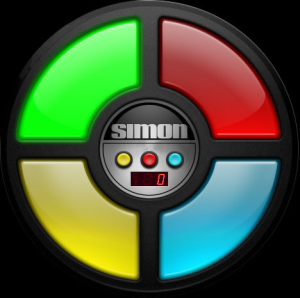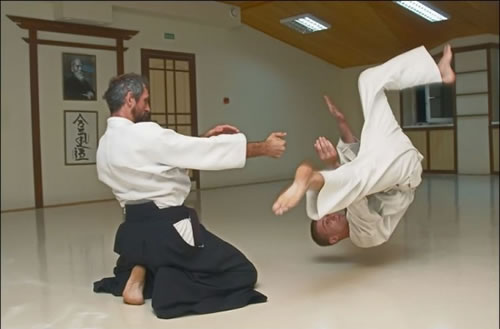The final fundamental question that needs to be answered when designing enemies for an action game is:
3. How will the enemy overreact and expose their fatal weakness?
Every enemy needs a flaw, a chink in their armor that can be exploited by the player. A massive enemy with an equally massive health bar that virtually ignores you as you whittle away isn’t very satisfying. Their defeat is too gradual; the moment of their defeat nearly imperceptible. The true glory of victory isn’t the explosion or the death rattle, it’s before that, when the outcome is guaranteed, but not yet realized. That requires a fatal flaw.
- A melee charge that travels a bit too far, letting the player get behind them
- Running out of ammo at just the wrong time, leaving them defenseless at a crucial moment
- Losing their temper and leaving cover, giving up their advantageous position
- Realizing a second too late they are standing next to an explosive barrel
The issue for game designers is not the flaw, but calling the player’s attention to it. Shooting at the glowy bits is a common trope. It works precisely because it is a cliche, but it’s about as elegant as putting up a sign that says “Shoot here, dummy.” And not as effective, either. Using Water spells on Fire enemies makes more sense, but is about as exciting as turning a key in a lock. It’s easy to see why so many games have resorted to flashing random button sequences as a facsimile of exploiting a weakness, at least screen-filling UI prompts are hard to miss.

The ultimate warrior
The problem is that there shouldn’t be a problem. Nature’s molded us into natural born killers. We know when an enemy is vulnerable — from injury or inattention or separation from the herd — we can spot the target of opportunity if we see it. But there is so much going on in an action game, so much happening at such a relentless pace, it can be hard to filter out what is important. That’s why the best flaws are revealed when an enemy reacts to the player, or more accurately when they overreact.
The moment of reaction is ideal because the player is paying attention. Their action caused the reaction. Everyone over-emphasizes the results of their own activity and focuses on the effects that they cause. They want to watch the ripples from the stones they are throwing. So they will be watching closely and are more likely to notice their opportunity. Also, since the player is the cause of the reaction, they will naturally experiment with it and understand the connection much faster. We are natural scientists, even children employ the scientific method, so giving the player control over the weakness will make them more likely to discover it.
Making it an overreaction will make it more obvious. It can be exaggerated and call attention to itself by being slightly inappropriate. It will also give the player the satisfaction of having outsmarted an enemy. It’s one thing to exploit a weakness they cannot control, but it’s so much better to capitalize on a mistake they shouldn’t have made. Provoking an enemy into a fatal error is one of the most satisfying experiences a game can provide, and the more cunning an enemy seems, the more delightful it is to fool them.























